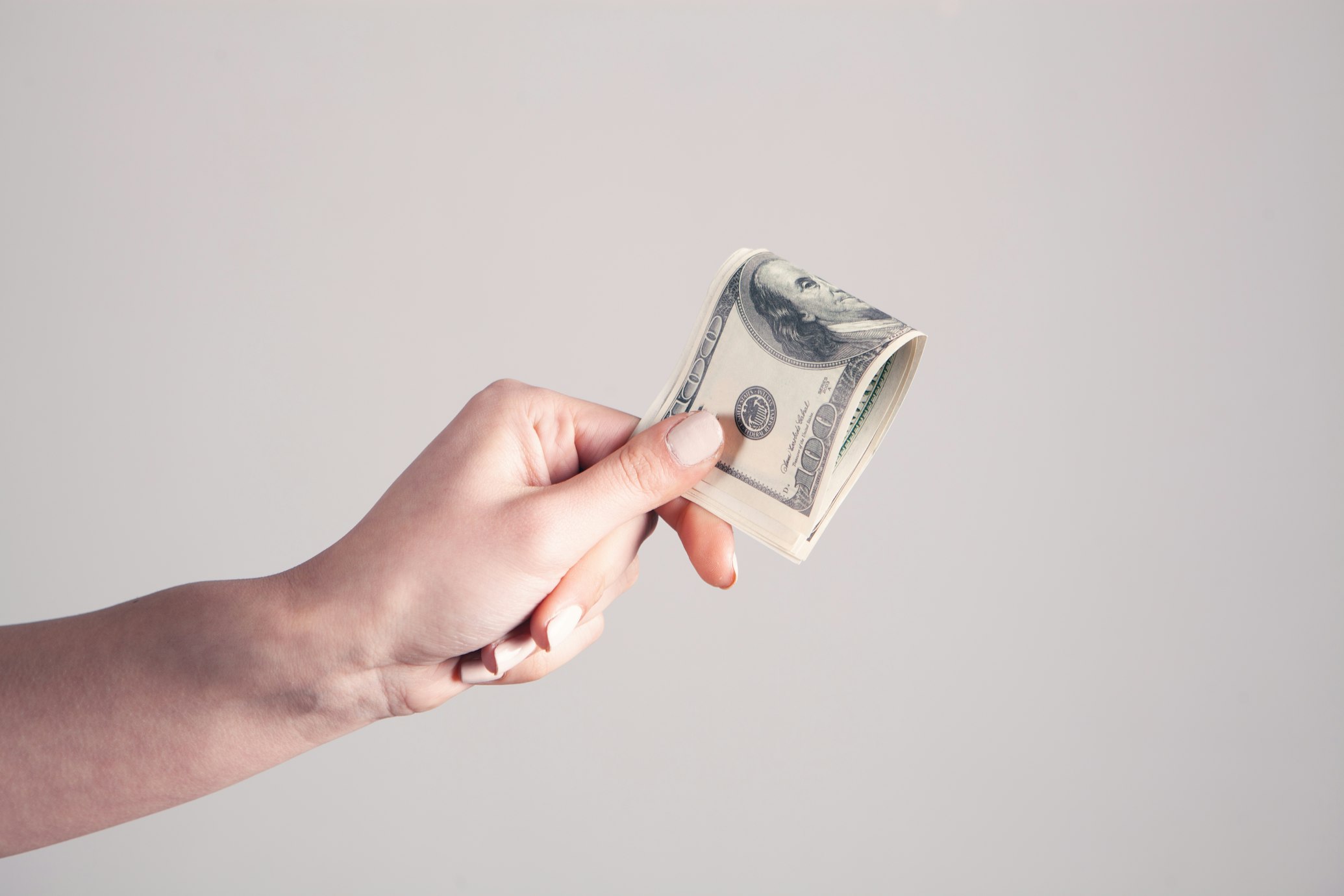Sharpe Ratio Calculator
Calculate the risk-adjusted return of your investment portfolio with our Sharpe Ratio Calculator. Higher ratios indicate better returns relative to the risk taken.
Related Calculators: Sortino Ratio , Treynor Ratio, Jensens Alpha, Information Ratio, Maximum Drawdown Calculator
Sharpe Ratio Formula
The Sharpe Ratio is a commonly used financial metric for evaluating the risk-adjusted return of an investment. It was developed by Nobel laureate William F. Sharpe in 1966 and is calculated as the difference between the expected return of an investment and the risk-free rate of return, divided by the standard deviation of the investment's returns.
The Sharpe Ratio formula can be expressed as:
Sharpe Ratio = (Expected Return - Risk-Free Rate) / Standard Deviation
This formula takes into account both the returns and risk of an investment. The numerator represents the excess return of the investment above the risk-free rate, while the denominator measures the volatility or risk of the investment. The higher the Sharpe Ratio, the better the risk-adjusted return of the investment.
Sharpe Ratio Meaning
Investing can often feel like a treacherous journey on a winding road with no end in sight. Imagine four drivers on this track. One driver races at max speed but often falls off the track and has to be rescued. Another drives very slowly but rarely falls off. A third driver drives slow and still falls off, while the fourth driver speeds along the track without falling off. It's obvious that the fourth driver is the best and the third is the worst. But what about the other two? Is the slow and steady driver better than the fast and non-moving driver?
In real life, investing is much the same. There are many investment strategies, and it can be difficult to compare them. The Sharpe ratio offers a way to do just that.
Imagine four investors. One investor takes risks and often makes big gains, but also loses big. The second investor takes a conservative approach and hardly ever loses money, but also makes money slowly. The third investor takes low-risk investments, but still manages to lose money. The fourth investor makes high-growth investments but at low risk.
As in the previous example, the fourth investor is the best, and the third is the worst. The other two are in the middle, and the Sharpe ratio is the way to figure out who is best.
The Sharpe ratio formula has three components. The portfolio return is simply how much money the investor made. The risk-free rate of return is the amount of money the investor would have made in the least risky investment. Finally, the standard deviation of portfolio returns measures how much the investor's returns deviated from their average return. The higher the number on the top and lower the number on the bottom, the better the investment.
The Sharpe ratio allows investors to compare different investment strategies on the basis of both their returns and their risk levels. A high Sharpe ratio indicates that an investor has made a lot of money with a small amount of risk, while a low Sharpe ratio suggests that the investor had a highly risky set of investments but did not make much money.
- Struggling to Save? Try These 10 Money-Saving Hacks
- 13 Best Financial and Investment Calculators
- Mastering the Art of Frugal Living: A Comprehensive Guide to Smart Shopping
- A Comprehensive Collection of Investing and Financial Books
- The Ultimate List of Investing Podcasts
- Strategic Investing: Why You Should Look Beyond the Stock Market Celebrities
- The Harsh Truth About Dividend Investing
- Where to Buy Domains: Finding the Best Deals
 The AI Gold Rush: Navigating the Thin Line Between Innovation and Overvaluation in Business
The AI Gold Rush: Navigating the Thin Line Between Innovation and Overvaluation in Business- Sweet Dreams: 7 Smart Sleep Investments for a Restful Night.









